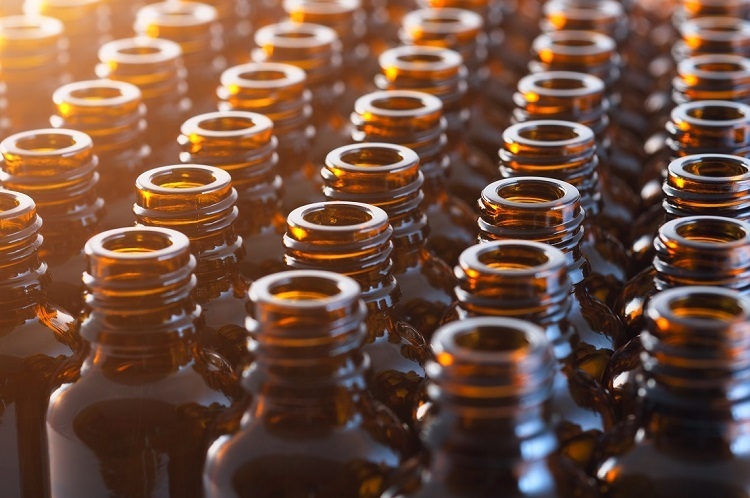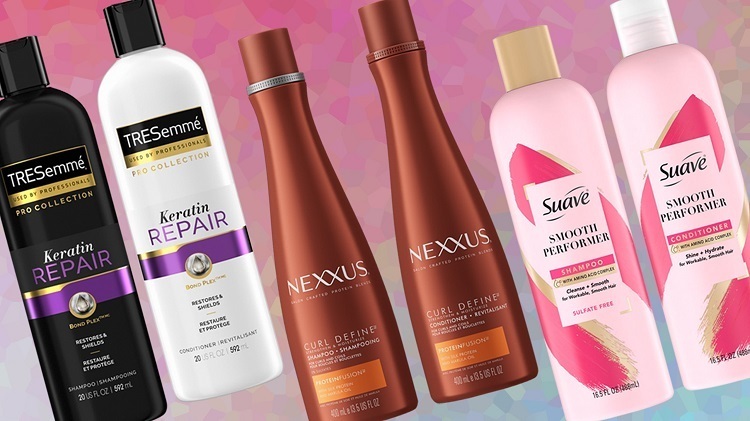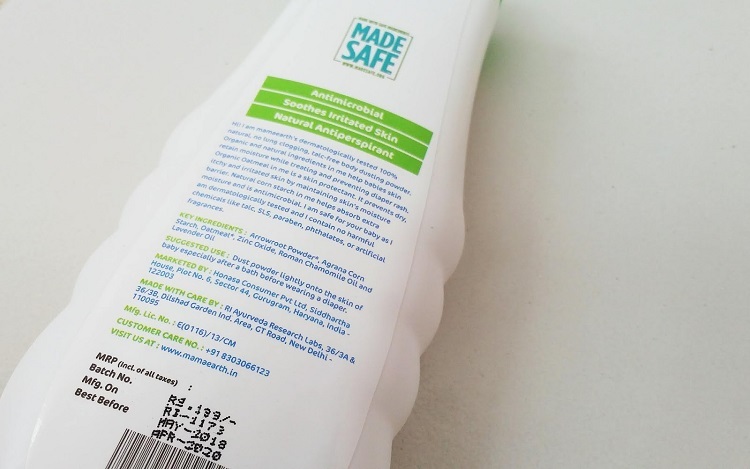Whether you’re a beginner to the entire essential oil thing or hold a few bottles stored in your specific cupboard, do you ever admire what’s really in those containers? How can you determine if what you’re getting is a knockoff or the true bargain? And even if it is authentic, i.e., no synthetic fragrance oils, how do you identify if it has elevated quality or not?
So, if you’re like many of us and want to use essential oils to help relieve pains, to find stability during meditation exercise, or to spread a room with a refreshing aroma. And if you’re confused about bad or fake essential oils, here’s a guide. Here’s what you should remember to make sure you’re obtaining the good stuff.
Table of Contents
How do ringer essential oils end up on stock cupboards?
Not every essential oil is formulated with complete purity and authenticity, and this authenticity cannot be fixed by the FDA. So, in this situation, you must be your doctor when it befalls sourcing the genuine stuff just like with cosmetics, and others. And if it is an authentic essential oil in that container, the quality depends on manifold factors, including:
- Plants: Quality can be influenced by climate, changing breeding conditions, or the use of pesticides or additional chemicals.
- Processing: How tidy the material was kept during the distillation process concerns. Some essential oils may also be willfully diluted through processing, and it can be really difficult to tell, even if you’ve been operating with essential oils for some time.
- Packaging: Similarly, how essential oils are managed and stocked can conclude how long they’re fit for. The property of even the purest, highest quality essential oil can be jeopardized if the oil isn’t packaged accurately in a tightly sealed darkened glass container.
What concerning “remedial grade”?
Frankly, putting a ranking scheme for essential oil doesn’t exist. Buying essential oils is like shopping for jewels in that you have to bargain from quality peddlers and they’re both valuable products that aren’t always the genuine deal. But unlike jewels, essential oils cannot be ranked. Some retailers will claim essential oils can be ranked A, B, C, etc., but you cannot trust this.
How to tell when an essential oil is of high quality?
One of the most reliable techniques to carry out which essential oils are authentic and of noble quality is to strengthen your sense of essence. You may want to take rudimentary aromatherapy sessions or at least spend some moment matching and comparing several essential oils. This can take a course, though some people, like aromatherapists and scent makers, spend a life improving their sense of fragrance. But even the specialists still practice the following tips to assure excellence:
- Examine the bottle
- Scan the label
- Confirm the source
General Hints that an Essential Oil is Artificial
Sometimes it’s simple to tell right away if an essential oil isn’t the actual deal or not. But other times, the signs are more complex. So, look out for these main things while bargaining an essential oil:
- The word “fragrance”: If a label out-and-out says “fragrance oil” and there’s no such Latin name present, it may not be a genuine essential oil.
- Having no Latin name: Encore, if it doesn’t have the Latin name as well as the popular name, don’t purchase it.
- Value Check: Contrast the value. A very cheap price is something to be careful of. But the highest-priced container might not be the best option either.
- The bottom edge: Venders won’t claim to market low-quality or blended essential oils, so it’s essential to learn to recognize through smart marketing.
There are many essential oils out there in the market and it can get confusing to choose authentic ones. However, you can always trust the quality of Young Living Essential Oils.









